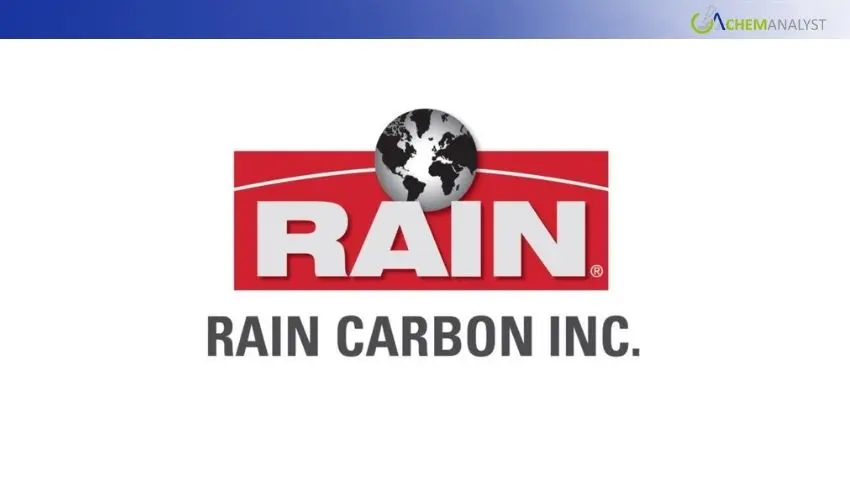Welcome To ChemAnalyst

Rain Carbon Canada and GGT collaborate under NGen grant to develop sustainable graphite anodes for lithium-ion batteries, supporting circular economy.
Rain Carbon Canada (RAIN) has joined forces with Green Graphite Technologies (GGT) to advance sustainable solutions for lithium-ion battery materials through the support of Next Generation Manufacturing Canada’s (NGen) Sustainable Manufacturing Challenge grant. This partnership is designed to accelerate the development of sustainable graphite anode active materials (GAAMs), a critical component in lithium-ion batteries (LiBs), addressing the increasing global demand for responsibly sourced battery materials.
The collaboration will focus on innovative approaches across recycling, purification, and production processes, aiming to establish a reliable and sustainable supply chain for graphite. This initiative supports the broader transformation toward electromobility and stationary battery energy storage solutions, which are vital for renewable electricity generation and the transition to a low-carbon economy. By leveraging their respective technological strengths, RAIN and GGT are positioned to enhance the performance and sustainability of battery materials.
Rain Carbon will take the lead on converting feedstock materials into high-performance graphite using its proprietary LIONCOAT carbon precursor materials and application process technology. This process improves the electrochemical properties of graphite, making it highly suitable for LiB applications. Green Graphite Technologies will complement this work by applying its proprietary GraphPure and GraphRenew purification technologies. These processes ensure that the resulting GAAMs meet stringent purity and quality standards required for battery manufacturing.
The pilot-scale production and testing activities will primarily be conducted at the RAIN Technology Innovation Center in Hamilton, Ontario. This facility is equipped with a demonstration plant for material conversion, an advanced analytical laboratory to evaluate powder materials, and a specialized application lab to assess battery cell performance. Meanwhile, GGT will utilize its existing pilot facilities in Kingston, Ontario, and Montreal, Quebec, to conduct purification processes. Additionally, GGT’s planned larger-scale demonstration facility in Mississauga, Ontario, is expected to produce significant volumes of purified GAAMs by 2026, enabling scalability and commercialization of the technology.
The urgency of this initiative is underscored by projections from Natural Resources Canada, which anticipate that Canada’s zero-emission vehicle fleet will increase from approximately 480,000 units in 2024 to 21 million by 2040. As demand for battery materials intensifies, the RAIN-GGT partnership aims to contribute to a circular economy for battery production, reducing reliance on virgin mined resources and minimizing environmental impacts associated with traditional material extraction. By combining technological innovation with sustainable manufacturing practices, this collaboration positions Canada as a key player in the global transition to greener mobility and energy storage solutions.
We use cookies to deliver the best possible experience on our website. To learn more, visit our Privacy Policy. By continuing to use this site or by closing this box, you consent to our use of cookies. More info.
